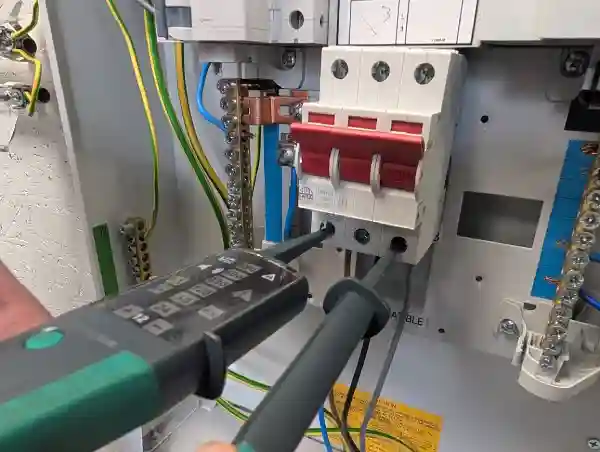

Since I began teaching electrical courses early 2000s, I’ve emphasised to every student that Personal Protective Equipment (PPE) is their last line of defence. PPE is vital in preventing serious injuries, protecting electricians against hazards such as electric shock, burns from arc flashes, cuts, and falls. Electrical work often involves unpredictable environments, and PPE ensures we have a safety net even when all other controls fail. Understanding and effectively using PPE isn’t just compliance; it’s an absolute necessity that reinforces professional standards, protects lives, and builds confidence on site.
Personal Protective Equipment is more than just a legal requirement—it’s a cornerstone of professional electrical training. PPE usage is embedded within essential qualifications like the City & Guilds 2365 Level 2 and Level 3 Diploma in Electrical Installations, and the 2391 Inspection and Testing courses. In these programs, students are not only taught how to use PPE correctly, but they also learn the reasoning behind its selection, maintenance, and limitations. Whether you’re in a workshop setting wiring up practice boards, or attending a site visit during a practical assessment, these qualifications embed PPE into everyday practice. Understanding how to choose the correct gloves, clothing, and testing gear is as important as knowing how to wire a circuit. PPE comprises clothing and equipment designed to protect workers from workplace hazards. In the electrical trade, that means protection against high-risk incidents including contact with live conductors, arc explosions, and secondary injuries from slips or falls caused by shock reactions. Under the Electricity at Work Regulations 1989 (EAWR), live working must be avoided unless absolutely necessary. When it is unavoidable—for example, during diagnostic testing or fault-finding—PPE becomes a vital safeguard. It’s why every electrician, from trainee to experienced contractor, needs a deep understanding of PPE types, uses, and limitations.
In the UK, PPE usage is governed by both general and electrical-specific legislation:
Additionally, all PPE must meet relevant British or European (BS EN) standards and carry a UKCA or CE mark. This confirms that the equipment has been rigorously tested for the hazards it’s designed to withstand, giving workers peace of mind.
Construction, HVAC, telecoms, and renewable energy roles often share similar PPE requirements. For instance, telecom engineers working on masts need harnesses and helmets like electricians. HVAC specialists share respiratory protection needs, and construction colleagues rely on the same head and foot protection. This crossover builds a shared safety culture, streamlining site coordination.
Your safety is paramount, and PPE plays a critical role in keeping you protected. Whether you’re a beginner on your first domestic job or a seasoned industrial spark facing high-voltage switchgear, your PPE is your backup plan when things don’t go as expected. Make PPE selection, inspection, and correct use a daily habit—not a checklist tick box. Understanding PPE isn’t just about compliance; it’s about owning your safety, protecting those around you, and building a professional reputation. Dress for the task—and that includes the right PPE for the job.
Sezai Aramaz is the esteemed founder of Learn Trade Skills, boasting over 40 years of experience in the electrical industry in the UK. With two decades dedicated to educating future electricians, he served as an Electrical Installation Lecturer and Assessor. Aramaz's expertise and commitment have contributed significantly to the growth and proficiency of aspiring tradespeople in the field.
© Copyright Learn Trade Skills 2025
“Lorem ipsum dolor sit amet, consectetur adipiscing elit. Ut pretium tristique purus nec consectetur. Nulla feugiat eget tellus aliquam scelerisque. Sed eget luctus enim, sed mattis enim. Lorem ipsum dolor sit amet, consectetur adipiscing elit. Ut pretium tristique purus nec consectetur. Nulla feugiat eget tellus aliquam scelerisque. Sed eget luctus enim, sed mattis enim.Nulla feugiat eget tellus aliquam scelerisque. Sed eget luctus enim, sed mattis enim. Lorem ipsum dolor sit amet, consectetur adipiscing elit. Ut pretium tristique purus nec consectetur. Nulla feugiat eget tellus aliquam scelerisque. Sed eget luctus enim, sed mattis enim.”
William Goss
Electrician course
11/11/2024